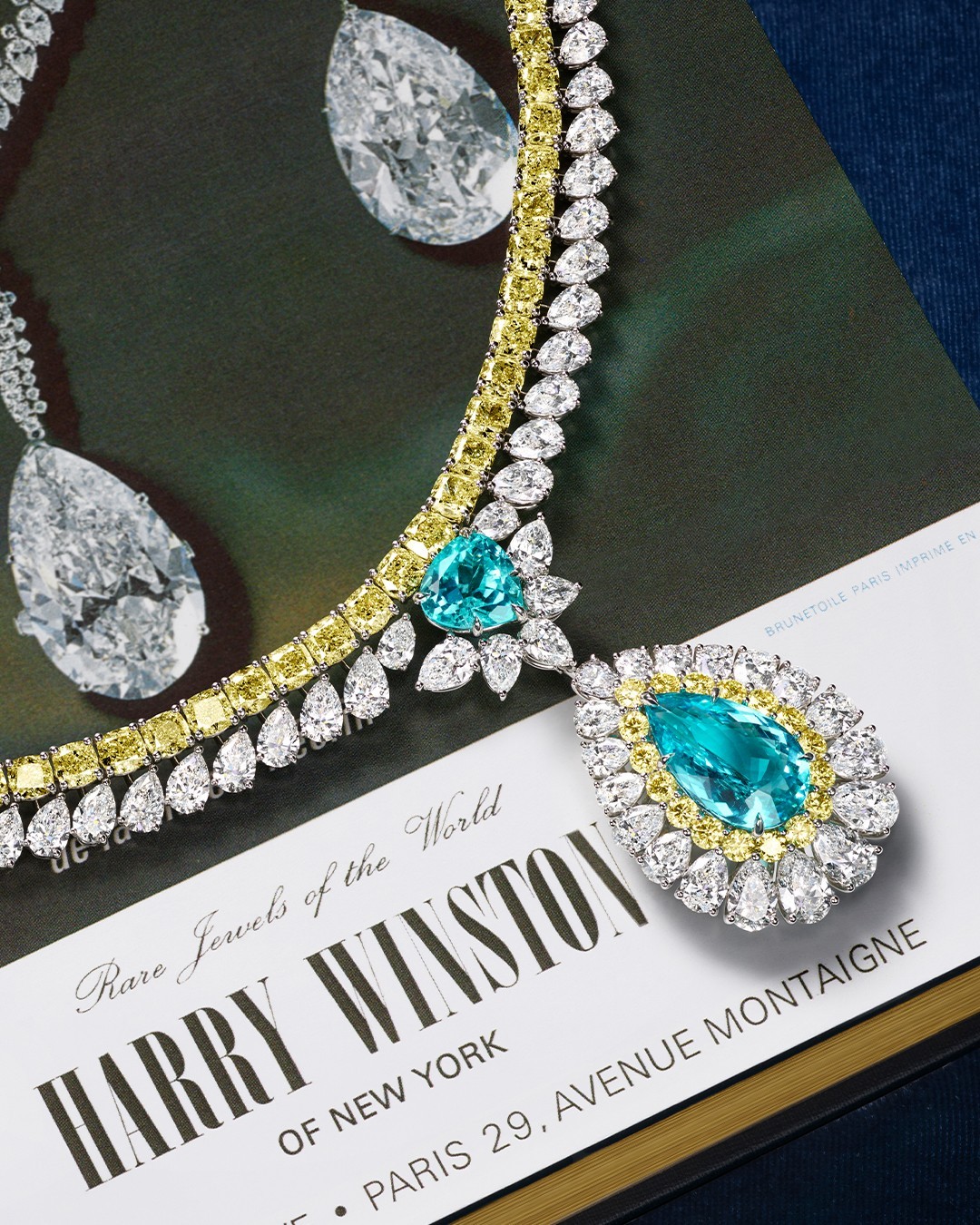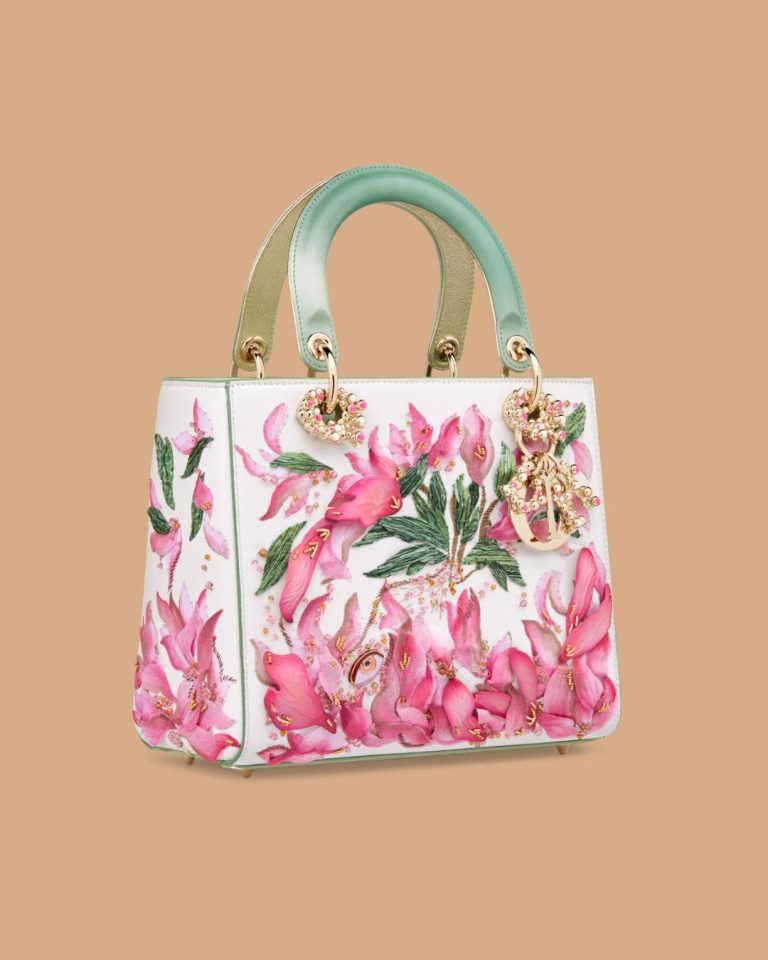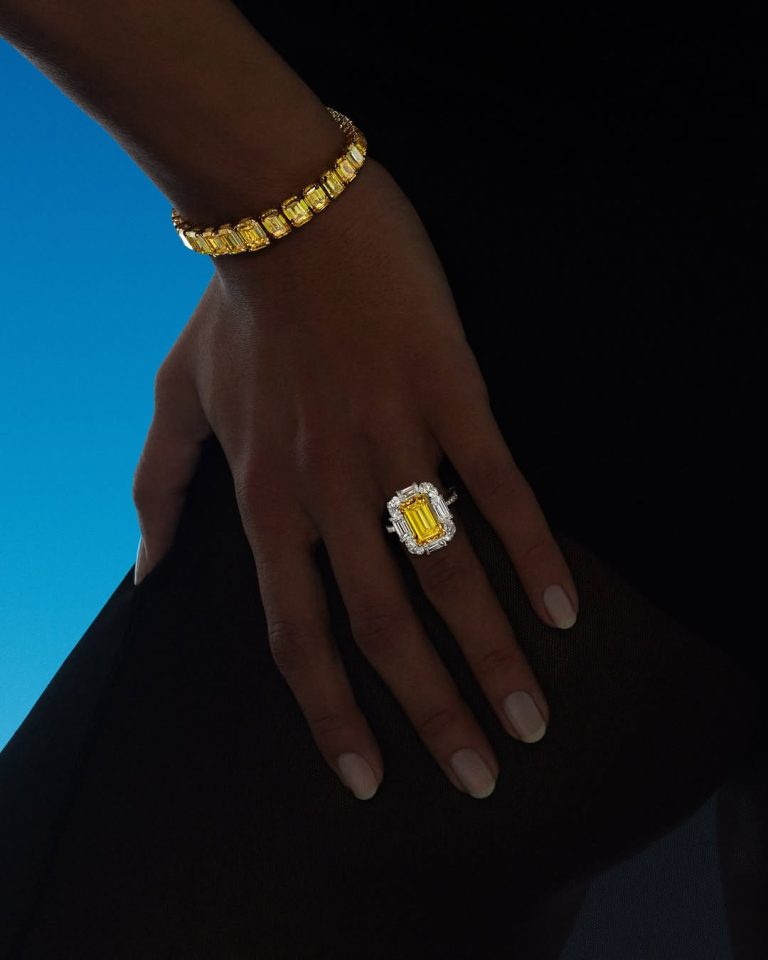There are certain names in jewelry that carry a kind of gravitational pull. Cartier, Van Cleef, Bvlgari—they each conjure worlds of artistry and excess. But then there is Harry Winston, the “King of Diamonds,” whose name doesn’t just evoke jewelry but something more profound: an entire mythology of gems.
I can still remember the first time I heard his name. It wasn’t in a museum or a glossy book on jewelry history. It was Marilyn Monroe, breathlessly singing, “Talk to me, Harry Winston, tell me all about it.” Even in that fleeting line from Gentlemen Prefer Blondes, Winston had already become shorthand for glamour, wealth, and desire. And yet, what lies behind the legend is a story of obsession, vision, and a man who believed that every stone was alive with its own destiny.
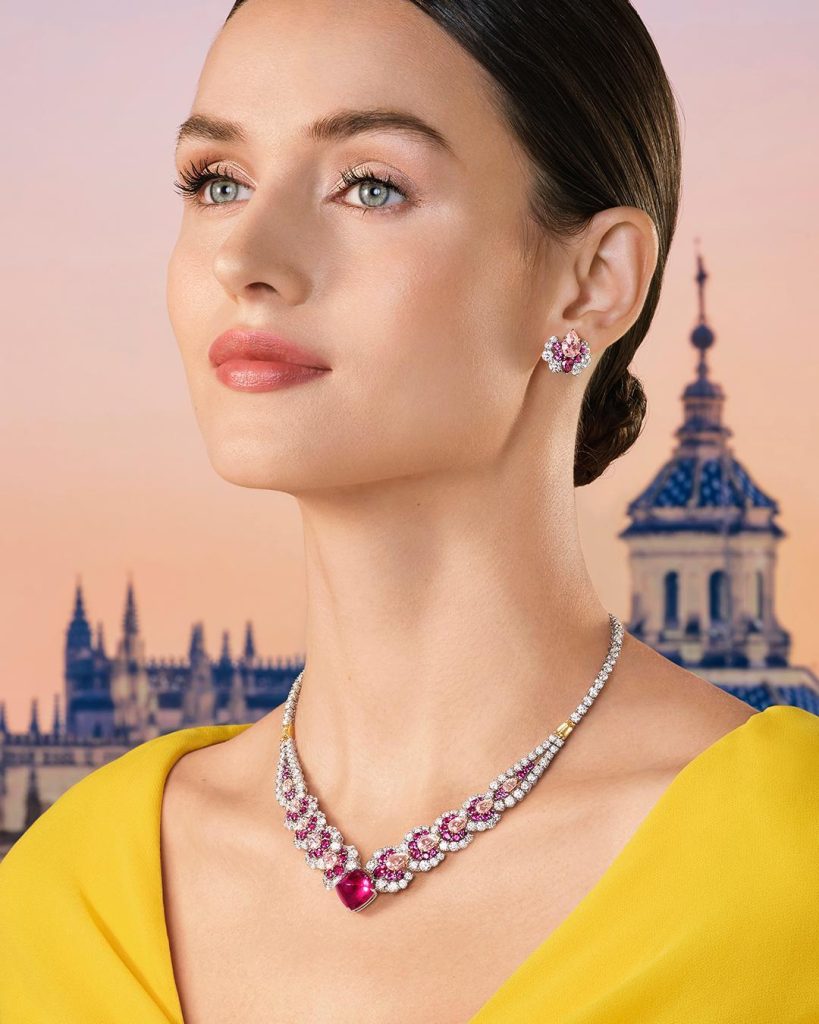
This is not just the story of a jewelry brand. It is the story of how one man taught the world to look at diamonds differently, and how his legacy continues to shape the way we understand beauty.
Harry Winston: The Origins of a Legend
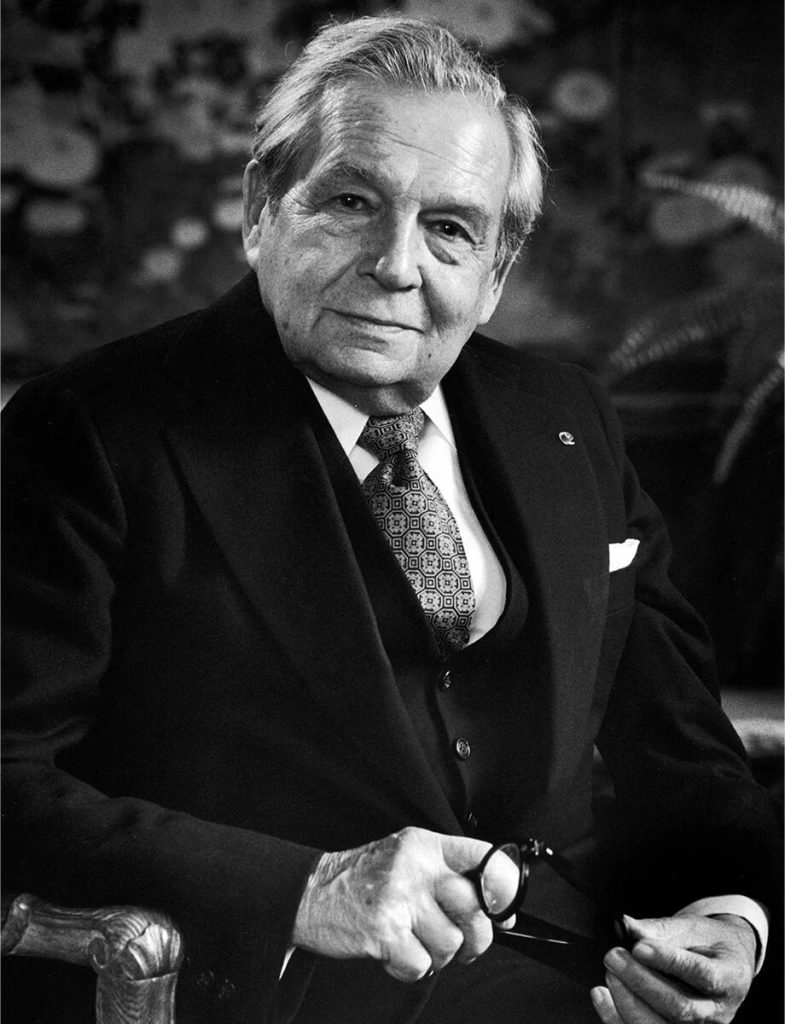
Harry Winston was born in New York City in 1896, the son of Ukrainian immigrants. His father ran a small jewelry shop, and by the age of twelve, Harry was already proving himself a prodigy. The story has been told so many times it feels apocryphal, but it’s true: young Harry spotted a green stone in a pawn shop window, bought it for 25 cents, and promptly sold it for $800. That stone turned out to be an emerald.
This childhood intuition set the stage for his life. To Winston, gems were never just commodities. They were puzzles waiting to be solved, each one requiring the right cut, the right setting, the right stage to reveal its essence. In 1932, at the height of the Great Depression, he founded Harry Winston Inc. in New York. It was a bold move at a time when luxury seemed out of step with the world, but Winston believed in beauty as a necessity.
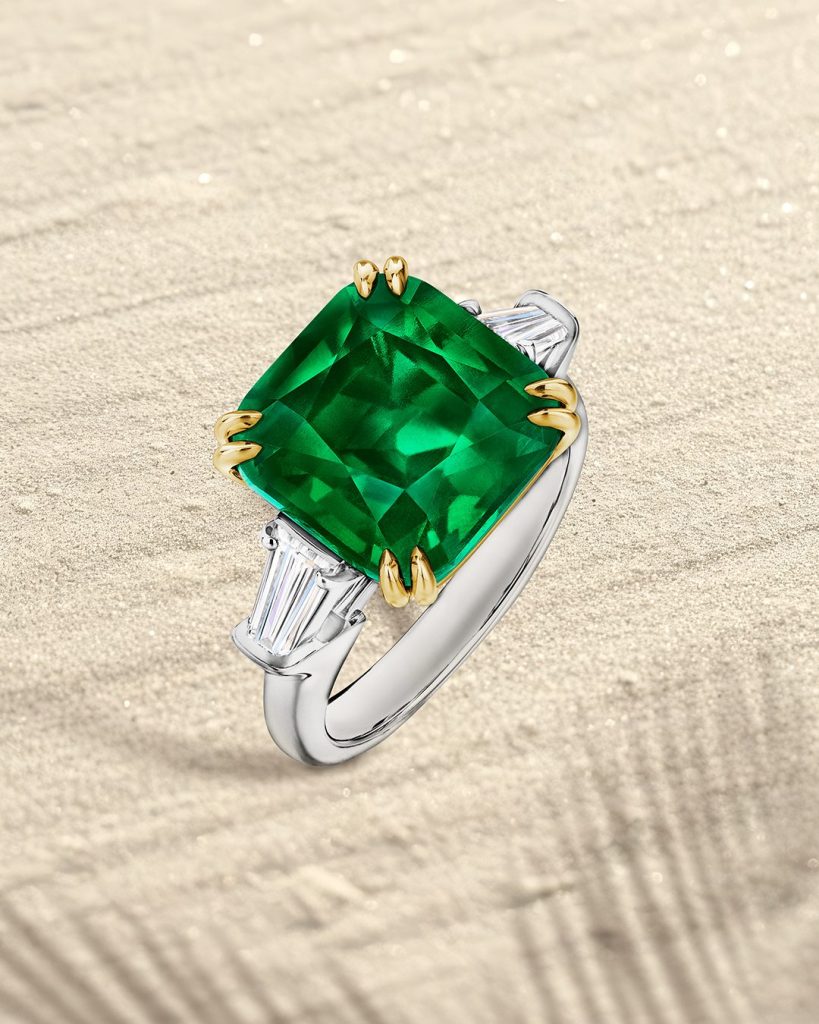
One of his early coups was acquiring the estate of Arabella Huntington, widow of a railroad magnate, whose jewels were lavish but, in Winston’s view, poorly designed. He had the pieces reset in modern styles, proving that even the most storied gems could be reborn under his touch. It was a pattern that would repeat throughout his career: Winston as not just a jeweler but a resurrectionist of stones.
The King of Diamonds
Winston quickly earned the title “King of Diamonds,” and he lived up to it with a succession of legendary acquisitions. The Jonker Diamond, a 726-carat rough stone from South Africa, passed through his hands and was transformed into a suite of polished gems. The Lesotho III, a magnificent 40-carat marquise, purchased by Aristotle Onassis as an engagement ring for Jacqueline Kennedy, became one of his hallmarks.
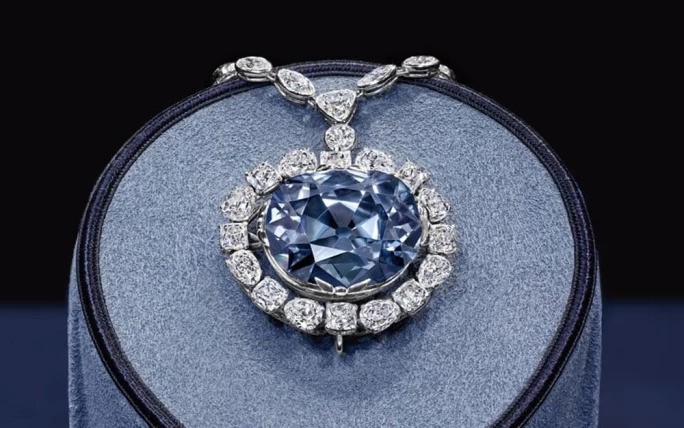
But perhaps the most famous gem of all was the Hope Diamond. In 1958, Winston donated the 45.52-carat blue diamond to the Smithsonian Institution. It was a gesture that seemed almost unthinkable: giving away one of the world’s most valuable jewels. Yet Winston believed that great stones belonged to history, not just to private safes. The donation established the Smithsonian’s National Gem Collection and cemented Winston’s reputation as both visionary and philanthropist.
He had a simple philosophy: “No two diamonds are alike. Each has a different nature.” Where other jewelers might see size or clarity, Winston saw character. He didn’t just cut stones—he revealed their souls.
Hollywood’s Favorite Jeweler
If diamonds were Winston’s canvas, Hollywood was his stage. In 1944, he became the first jeweler to loan his pieces to actresses attending the Academy Awards. It seems commonplace now, but at the time, it was revolutionary. Suddenly, the world’s rarest gems weren’t hidden away in safes. They were paraded down red carpets, dazzling under camera flashes, sparking dreams in the eyes of millions.
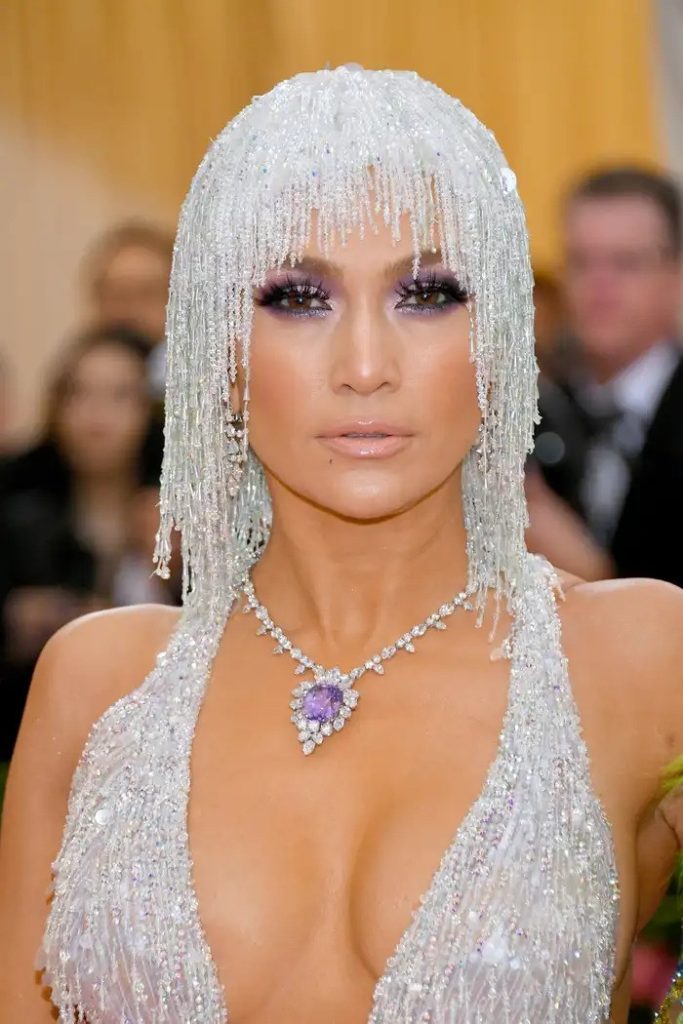
And it worked. Winston became synonymous with Hollywood glamour. Elizabeth Taylor wore his diamonds with the ease of a queen. Jennifer Lopez, Halle Berry, and countless others followed. And then there was Marilyn Monroe’s immortal line, which transformed his name into pop-culture poetry.
Every awards season since, Harry Winston jewels have walked alongside the stars. When you see a glittering rivière of diamonds or chandelier earrings that practically kiss a celebrity’s shoulders, chances are they come from the House of Winston.
Craftsmanship and Philosophy
What sets Harry Winston jewelry apart, even today, is a design philosophy that places the stone at the heart of everything. While other houses became known for intricate metalwork or recognizable motifs, Winston insisted on something radical: the stone dictates the design.
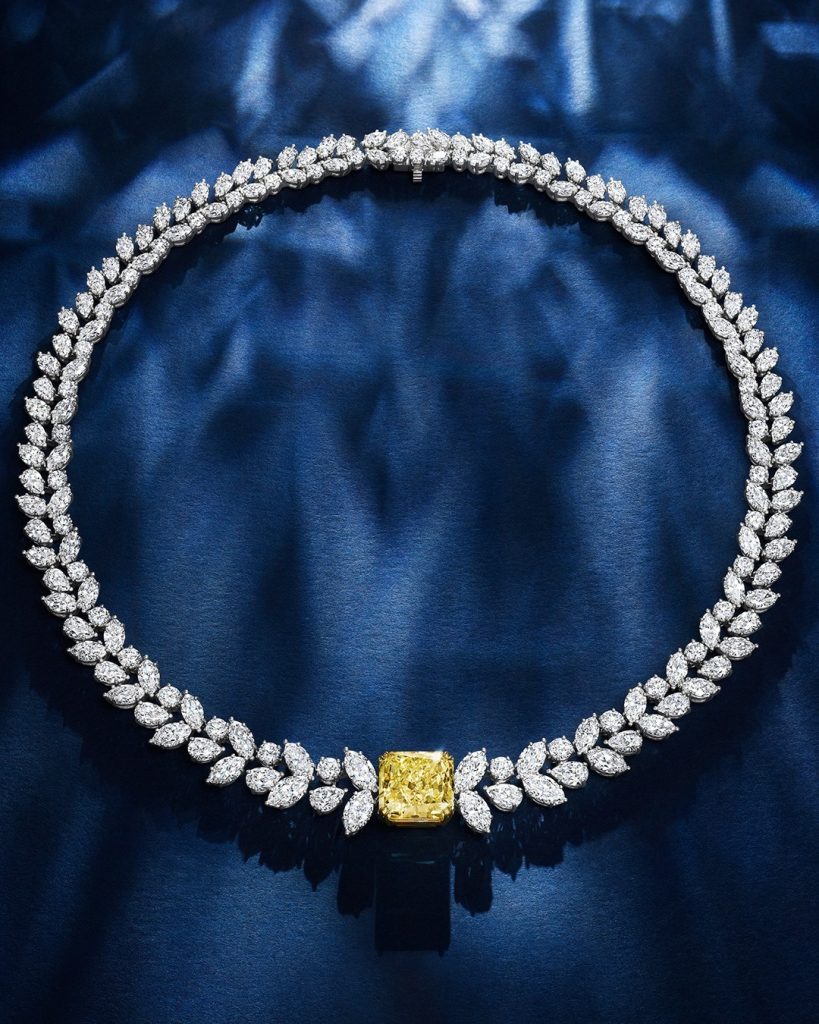
His most iconic innovation is the Winston Cluster, a setting technique that uses minimal metal to let diamonds float almost weightlessly, arranged like petals in a blossom. To this day, Cluster jewels are considered the purest expression of his vision—light, natural, radiant.
For Harry Winston, jewelry wasn’t about excess but about harmony. He once said, “No two diamonds are alike. Each has a different nature. Each must be handled the way you handle a person.” There’s something deeply human about that sentiment, as though every stone deserved not just attention but empathy.
The Legacy of Famous Stones
Harry Winston’s name became a litany of legendary gems. Beyond the Hope Diamond and the Jonker, there was the Taylor-Burton Diamond, a 69-carat pear-shaped diamond he sold to Richard Burton for Elizabeth Taylor. There were the Star of Independence, the Indore Pears, and the Portuguese Diamond. Each acquisition added to the mythology, positioning Winston not merely as a jeweler but as the world’s foremost storyteller of gems.
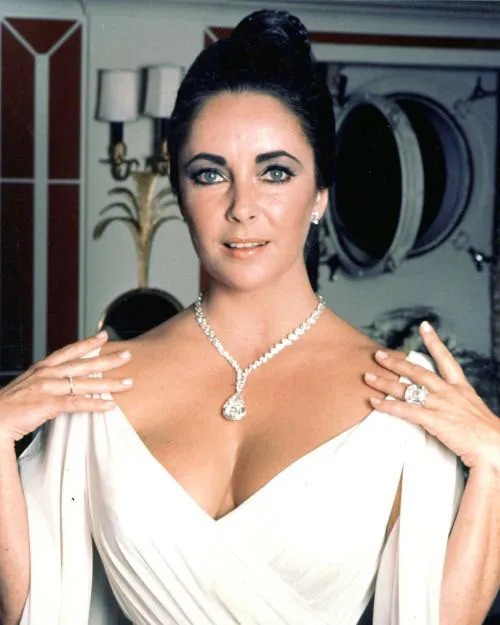
It is said that when Winston handled a diamond, he often did so with his bare hands—an intimacy that few dared risk with such valuable stones. But to him, it was essential. Stones had to be felt, understood, respected.
Harry Winston: Jewelry Tales Today
Harry Winston passed away in 1978, but his house has endured, evolving without ever losing the essence of its founder. Today, under the ownership of the Swatch Group, Harry Winston continues to create extraordinary high jewelry and, since 1989, haute horology as well.
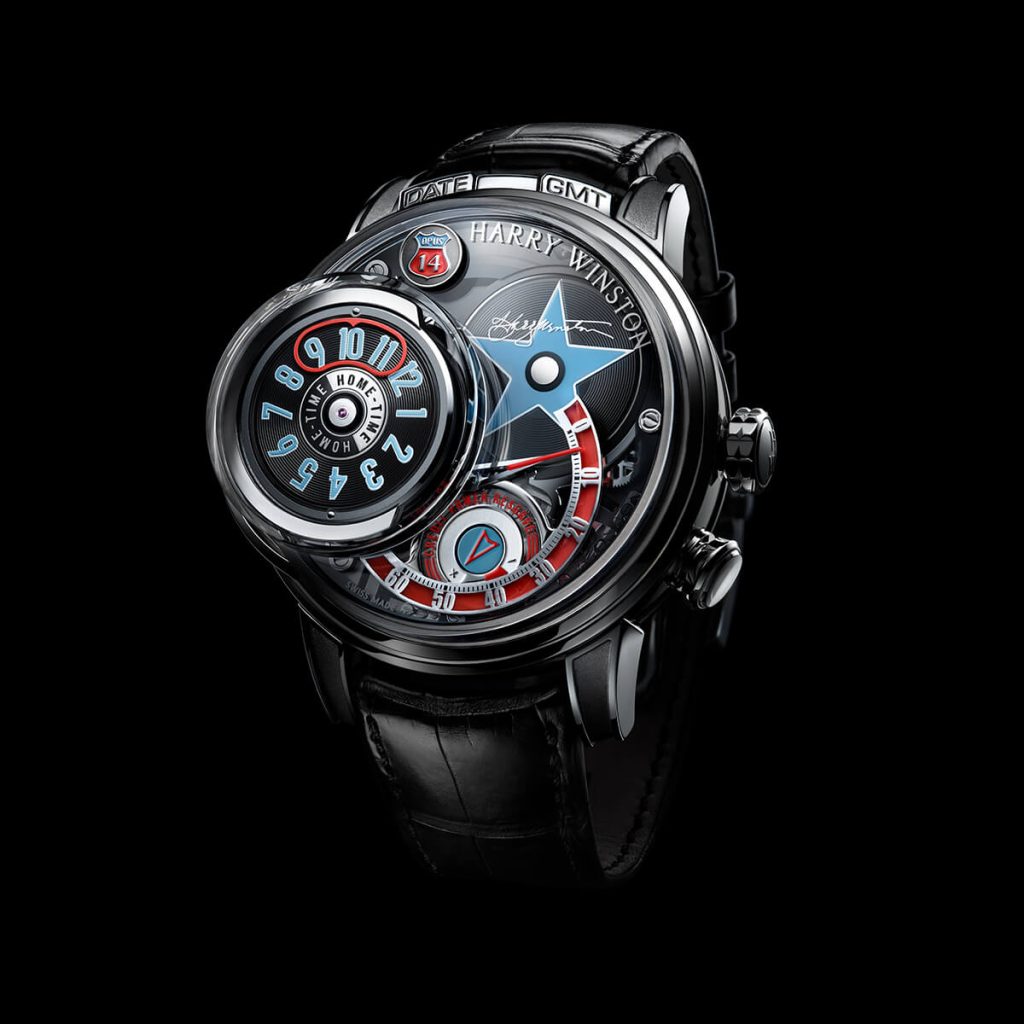
The Opus Series of watches, with its futuristic complications, showed that Winston’s philosophy could be applied even to timepieces—stones and mechanics working together in harmony. High jewelry collections, meanwhile, still reflect the Winston Cluster and the idea of letting stones take center stage.
The brand has expanded globally, with boutiques in New York, Paris, Tokyo, Dubai, and beyond. Yet whenever you step into a Harry Winston salon, you sense the continuity: the quiet reverence for the stone, the belief that each gem has its own destiny.
Cultural Impact and Enduring Relevance
What fascinates me most about Harry Winston is how deeply the brand has permeated culture. The name has become synonymous with diamonds themselves. Singers drop the name into lyrics. Writers use it as shorthand for wealth. Brides whisper it as they dream of engagement rings.
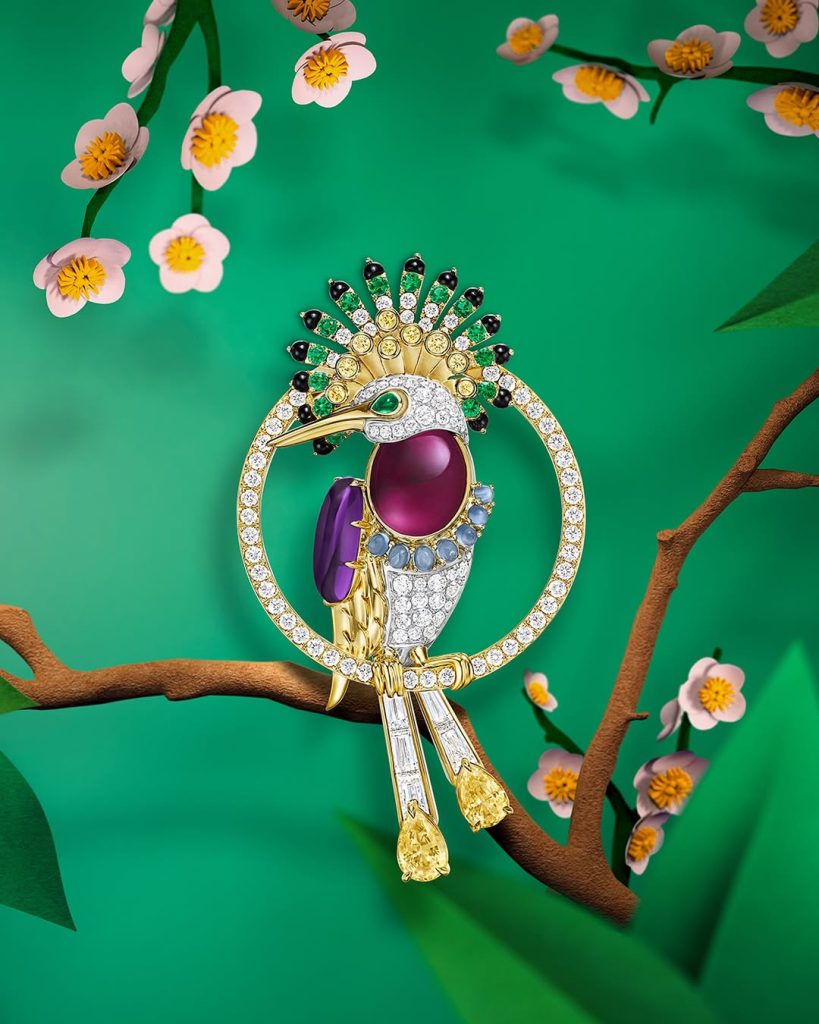
This ubiquity could easily cheapen a brand, but in Winston’s case, it hasn’t. Instead, it has elevated the maison into legend. Because when someone says “Harry Winston,” they aren’t just talking about a jeweler. They’re talking about the idea of diamonds at their purest and most aspirational.
And in an age where luxury is constantly shifting, where younger buyers demand meaning, sustainability, and storytelling, Winston remains relevant. Its insistence on authenticity and respect for the stone feels surprisingly modern.
Why Collectors Still Chase Harry Winston Jewelry
Auction houses still see Harry Winston jewelry pieces achieve staggering results. Part of this is the rarity of the creations. But another part is the emotional weight of owning a piece of jewelry heritage. Collectors know that when they buy a Winston jewel, they’re not just buying diamonds. They’re buying into a legacy of Hollywood glamour, gemological innovation, and one man’s obsession with beauty. They’re buying a piece of the story.
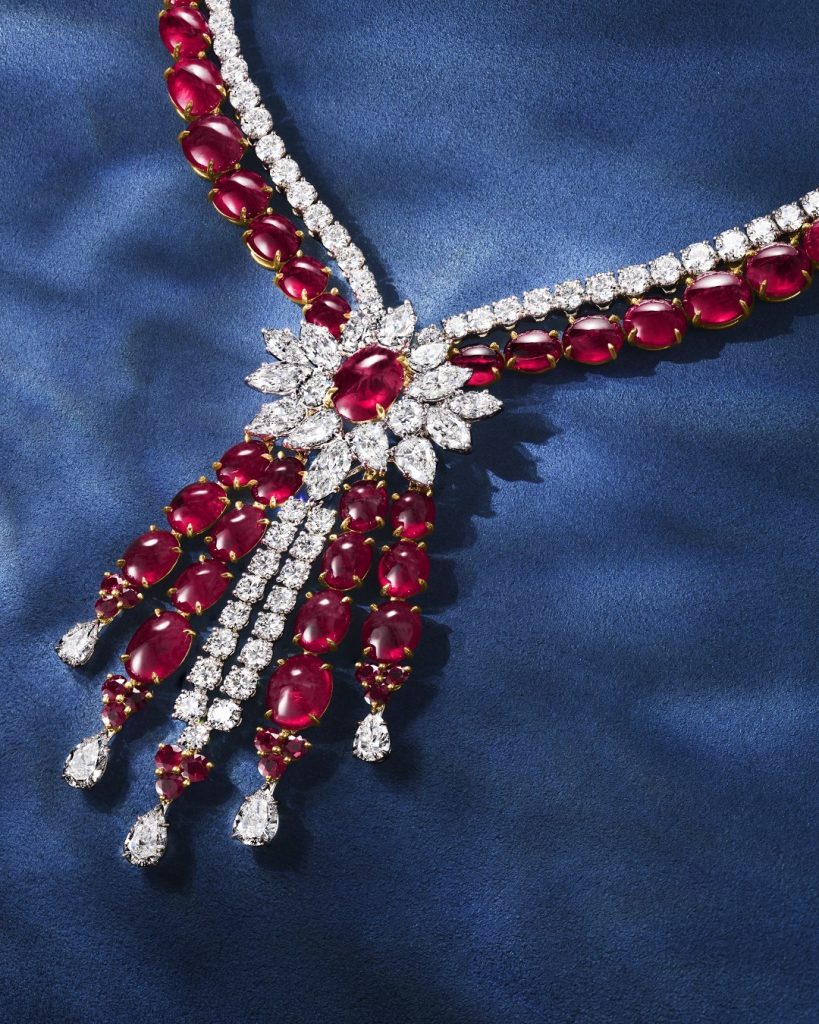
For those of us who can’t attend Sotheby’s or Christie’s with a paddle in hand, Winston still represents the pinnacle of aspiration. Walking past a Harry Winston boutique, I find myself lingering at the windows, imagining how it must feel to clasp a necklace of such power around my neck. Even imagining is intoxicating.
Conclusion: Stories in Stones
Harry Winston’s legacy is not simply measured in carats or dollars. It is measured in the way he taught us to see stones as alive, as singular, as worthy of reverence. He took diamonds out of vaults and into the spotlight, reshaping not only jewelry but culture itself.
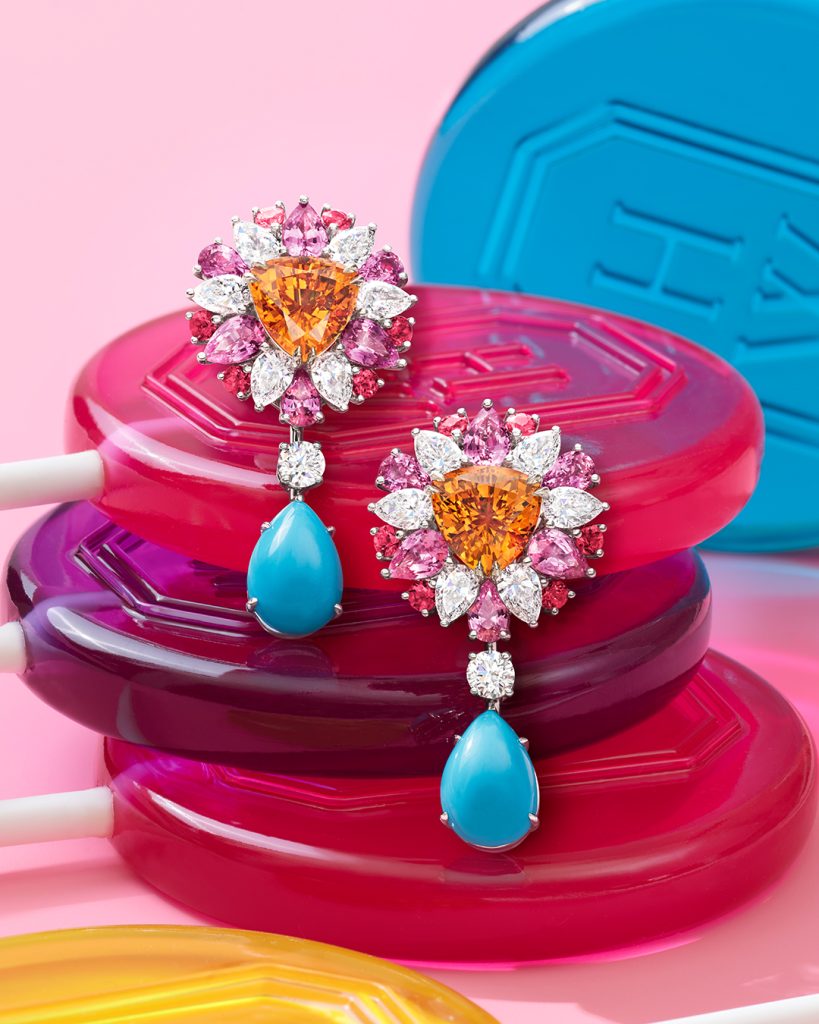
When I think about Harry Winston, I don’t just think of diamonds. I think of the way he whispered stories into them, the way he turned raw geology into poetry. He once said, “A good diamond… is a possession to be prized for generations.” In those words lies the heart of his philosophy: that beauty, distilled to its essence, is eternal.
Trophies may gather dust, but diamonds endure. And thanks to Harry Winston, they don’t just endure—they shine with stories, forever cut into eternity.
Featured image: Harry Winston

Amanda Akalonu is dedicated to weaving together the worlds of jewelry, watches, and objects through a lens of literary storytelling.

